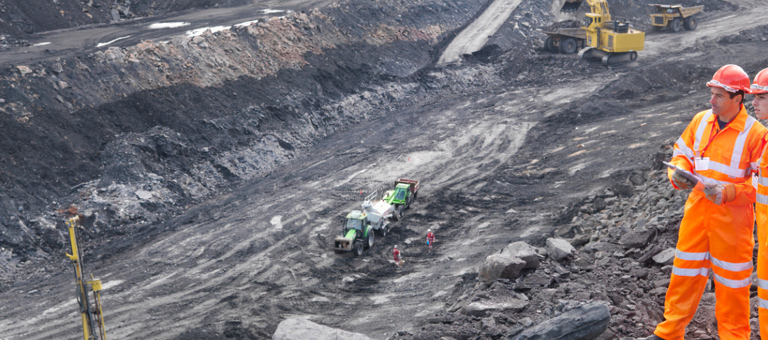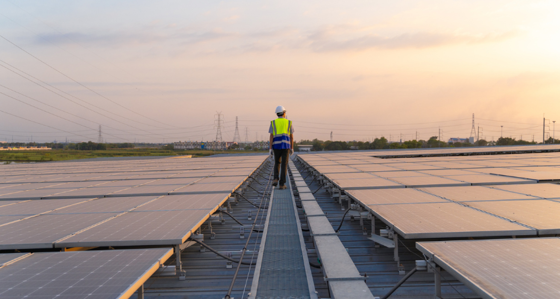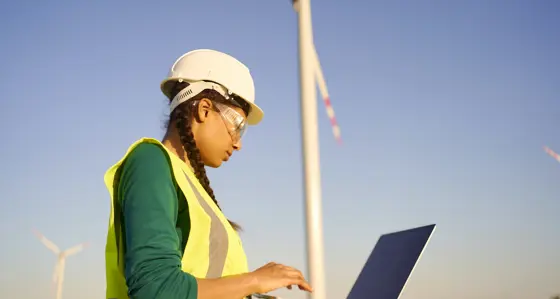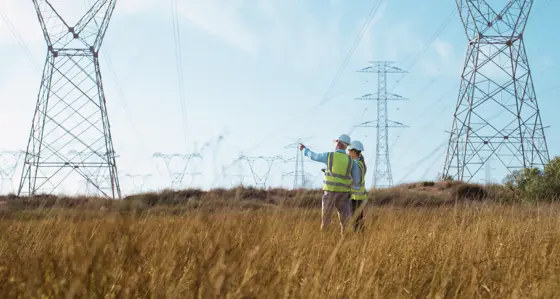
What is the impact of Australia's carbon policy on the mining sector, and how can companies adapt?
4 min read 9 April 2024
As Australia strives to reduce its carbon emissions and transition towards a low-carbon economy, the mining industry has found itself at the centre of policy attention.
This article explores the impact of Australia’s carbon policy on the mining sector, analysing the challenges and opportunities it presents, and providing insights into how mining companies can navigate this evolving landscape.
The Safeguard Mechanism is here
Australia’s carbon policy has shifted over the last 15 years. The introduction of the Carbon Pricing Mechanism in 2012 aimed to put a price on carbon emissions, encouraging businesses to reduce their carbon footprint. However, the subsequent storm upended the government, leading to the repeal of the policy in 2014. For the next five years, Australia and the sector was left in a period of uncertainty.
In 2019, the Australian Government launched the Climate Solutions Package, which outlined a series of measures to address climate change. This package included the Safeguard Mechanism, setting emissions baselines for large industrial facilities, including mining operations. The Safeguard Mechanism was designed to provide a lever to reduce carbon emissions in future years.
This lever is now being pulled. Organisations with covered facilities, which includes facilities that emit more than 100,000t of carbon dioxide equivalent per year, now need to think about how they address the Mechanism strategically.
What does this mean for mining companies?
Updates to the Safeguard Mechanism caps emissions at a level consistent with Australia’s international climate commitments, requiring mining facilities to follow a declining emissions trajectory. The baselines will be adjusted annually to reflect changes in production and align with Australia's emission reduction targets of 43% below 2005 levels by 2030 and net zero by 2050. Those coal mining operations that do not or cannot cut their emissions will be obliged to purchase Australian Carbon Credit Units.
In our work with mining companies, we typically address three key areas:
- Increased operational challenges: The financial impact of the scheme will come from the cost of abatement technologies and carbon offsets, additional compliance and reporting resources, and increases in the cost of energy. The mining industry is energy-intensive, and any policy that increases the cost of energy can have a significant impact on operations.
- Investment uncertainty: Uncertainty surrounding carbon policy and the Safeguard Mechanism can deter investment in the mining sector, particularly as it relates to emission reduction programmes. A lack of clarity on emissions baselines and compliance requirements could potentially divert investment to areas with more predictable regulatory frameworks.
- Opportunities for innovation: The Safeguard Mechanism has the potential to encourage industry innovation. Mining companies are increasingly exploring cleaner and more sustainable technologies to reduce their carbon footprint and comply with emissions baselines. This presents an opportunity for companies to develop, adopt and monetise innovative solutions, such as renewable energy integration, carbon capture and storage, and improved energy efficiency.
How should the industry respond?
To navigate the evolving carbon policy and Safeguard Mechanism landscape, mining companies should consider the following strategies:
- Understand compliance requirements: Mining companies should thoroughly understand the emissions baselines and compliance requirements set by the Safeguard Mechanism. This includes monitoring and reporting emissions, as well as developing strategies to meet or exceed the baselines. Seeking expert advice and engaging with regulatory bodies can help ensure compliance and avoid penalties.
- Invest in emission reduction measures: Embracing innovation and investing in emission reduction measures can help mining companies comply with the Safeguard Mechanism and reduce their carbon footprint. This may involve implementing energy-efficient technologies, exploring renewable energy options, and adopting best practices for emissions management. Collaboration with technology providers, research institutions, and industry peers can accelerate the adoption of sustainable practices.
- Explore carbon offsetting opportunities: Mining companies can consider carbon offsetting as a means to comply with the Safeguard Mechanism. This involves investing in projects that reduce or remove greenhouse gas emissions, such as reforestation or renewable energy projects. Carbon offsetting can help balance emissions and demonstrate a commitment to environmental responsibility.
Australia’s carbon policy presents both challenges and opportunities for the mining sector. While the Safeguard Mechanism may impose operational challenges, it also drives innovation and promotes operational responsibility. By understanding compliance requirements, and seeking opportunities to create enterprise value, mining companies can navigate the evolving carbon policy landscape and position themselves for long-term success in a low-carbon future.
This article is the first in a series where we’ll delve further into the impact of Australia’s carbon policy on mining taking into consideration learnings from the past, understanding the present situation, and planning for the future.
To discuss the points raised in this article or to find out how Baringa can help accelerate your transition, please contact a member of our team below.
Our Experts


Related Insights

What might a reformed GB national power market look like under REMA?
Discover how a reformed national market is likely to include significant changes to current market arrangements, with material impacts for market participants.
Read more
Investing in uncertainty: European power market outlook 2025
Our latest outlook points to a more uncertain energy transition, shaped by political and economic volatility across Europe in the form of Trade Wars, Populism and Remilitarisation.
Read more
REMA and investing in GB power market under uncertainty
Learn about the opportunities and challenges of investing in the GB power market under uncertainty and how Baringa can help
Read more
Three ways in which increased volatility and flexibility are reshaping Spain’s energy market
Spain's energy market faces profound change due to curtailment, negative prices, and a recent blackout, discussed at our roundtable event.
Read moreRelated Client Stories

Shaping New Zealand’s energy transition conversation
How do you create a distributed energy model that draws on best practice from around the world but is also fit-for-purpose for New Zealand?
Read more
Electricity network operator: securing critical national infrastructure with hybrid defences
Breaking new ground with a hybrid security approach.
Read more
Maximising impact from AI investment for a global energy leader
Discover how a series of experiential learning events resulted in employee confidence in AI skills hitting 85%.
Read more
Maintaining the stability of the New South Wales power system
How do you ensure the future stability of the NSW power system?
Read moreIs digital and AI delivering what your business needs?
Digital and AI can solve your toughest challenges and elevate your business performance. But success isn’t always straightforward. Where can you unlock opportunity? And what does it take to set the foundation for lasting success?